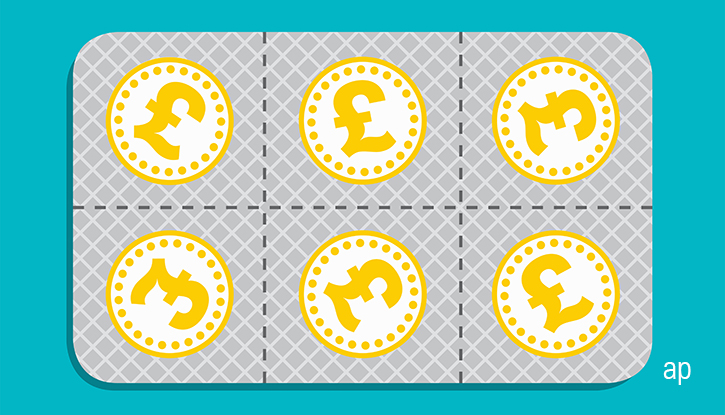Read our analysis of the impact of Basel III elsewhere in the world.
Australia and Basel
Australia's economy has been fairly resilient throughout the global financial crisis, and banking results reflect the relatively mild impact of the global problems. All that has led to capital ratios that have not taken too large of a hit. As Australia's regulators take a rather strict interpretation of current Basel II rules, the Tier 1 figures of their four major banks report appear 2%-2.5% lower than similarly situated European peers. Consequently, Australia is in the opposite position than the rest of the world--the adoption of Basel III capital rules will actually increase their stated capital ratios. That said, we believe the Australian Prudential Regulatory Authority (APRA) will likely maintain a stricter interpretation of the rules--resulting in lower reported numbers going forward that will require conversion to be on par with other global reports.
Australia's banks--like those in South Africa and Hong Kong--are in a bit of a bind when it comes to the liquidity ratio. The Australian government does not issue enough debt for the banks to hold to meet the upcoming requirements. Consequently, an alternative treatment has been established allowing banks to count a committed facility with the Reserve Bank of Australia toward the liquidity ratio. However the APRA has indicated that banks must first maximize their own resources before tapping the Reserve Bank facility.
Finally, we are unsure about the Australian banks' systemically important position. Each of the top four banks is systemically important to the Australian economy, but none appear to be systemically important on a global front. So, depending on the final interpretation, all or none of the banks may be subject to the additional burden of being an SIFI.
All four of the largest banks met the Tier 1 common equity requirements already. Under Basel III global rules, Commonwealth Bank's Tier 1 common ratio would have been 9.0% at fiscal year-end Dec. 31, while Sept. 30 year- end banks Westpac (WBK), ANZ, and NAB have Tier 1 common ratios of 9.3%, 9.2%, and 8.2%, respectively. On the stable funding side, three of the banks publish a ratio. However, the methodology varies among the banks, and the definition may not match the eventual Basel III rulings. Westpac reports a ratio of 80%, while NAB's ratio is 84% and ANZ's is 82%. Importantly, all three banks have increased their stable funding ratio from the low 70% levels in 2007 and 2008.
Japan and Basel
Certain Japanese banks, which have historically maintained relatively high leverage ratios, could meet Basel III requirements given the long timeline they will be given to do so but may struggle if capital positions over the next few years remain considerably lower than peers. Additionally, Japanese regulators have also proposed domestic standards even higher than those of Basel III, which would place an additional burden on these relatively undercapitalized institutions. Mizuho Financial Group (MFG) reported an 11.96% Tier 1 ratio as of Dec. 31, 2010, with Nomura (NMR) reporting a 17.3% Tier 1 ratio and Mitsubishi UFJ (MTU) coming in at 11.7%. We believe Nomura is the best-positioned of the Japanese financials we cover after recent capital building actions. Nomura's core Tier 1 stood at an impressive 16.4% as of Sept. 31, though management expects it to fall to 12% by 2013 including the effects of mitigation efforts. Mizuho's management expects to meet Basel III standards with a core Tier 1 ratio of 8%-9% by 2013 without resorting to an equity raise, while Mitsubishi expects to build core Tier 1 to 8% by this time. We believe these goals will be harder to meet.
South Korea and Basel
The South Korean banks we cover are in an acceptable position, in our view. KB Financial reported a core Tier 1 ratio of just under 9% as of Dec. 31, 2010, slightly beneath its Tier 1 ratio of 9.7%, while Shinhan (SHG) reported a Tier 1 ratio of 8.9% as of the same date.
Morningstar Institutional Equity Research Services
Independent. Actionable. Rigorous.
Insightful investment ideas.
With nearly 100 equity and credit analysts, Morningstar is one of the largest independent sources for equity and credit research in the world. Our analysts evaluate companies using a proprietary methodology built on fundamental analysis that scrutinises a company’s sustainable competitive advantages. The strong performance of our ratings speaks for itself: The Morningstar® Wide Moat Focus Index has returned an annualised 14.94% since its inception in September 2002. This index tracks 20 stocks with a Wide Economic Moat™ Rating trading at the most significant discounts to our Fair Value Estimates.























